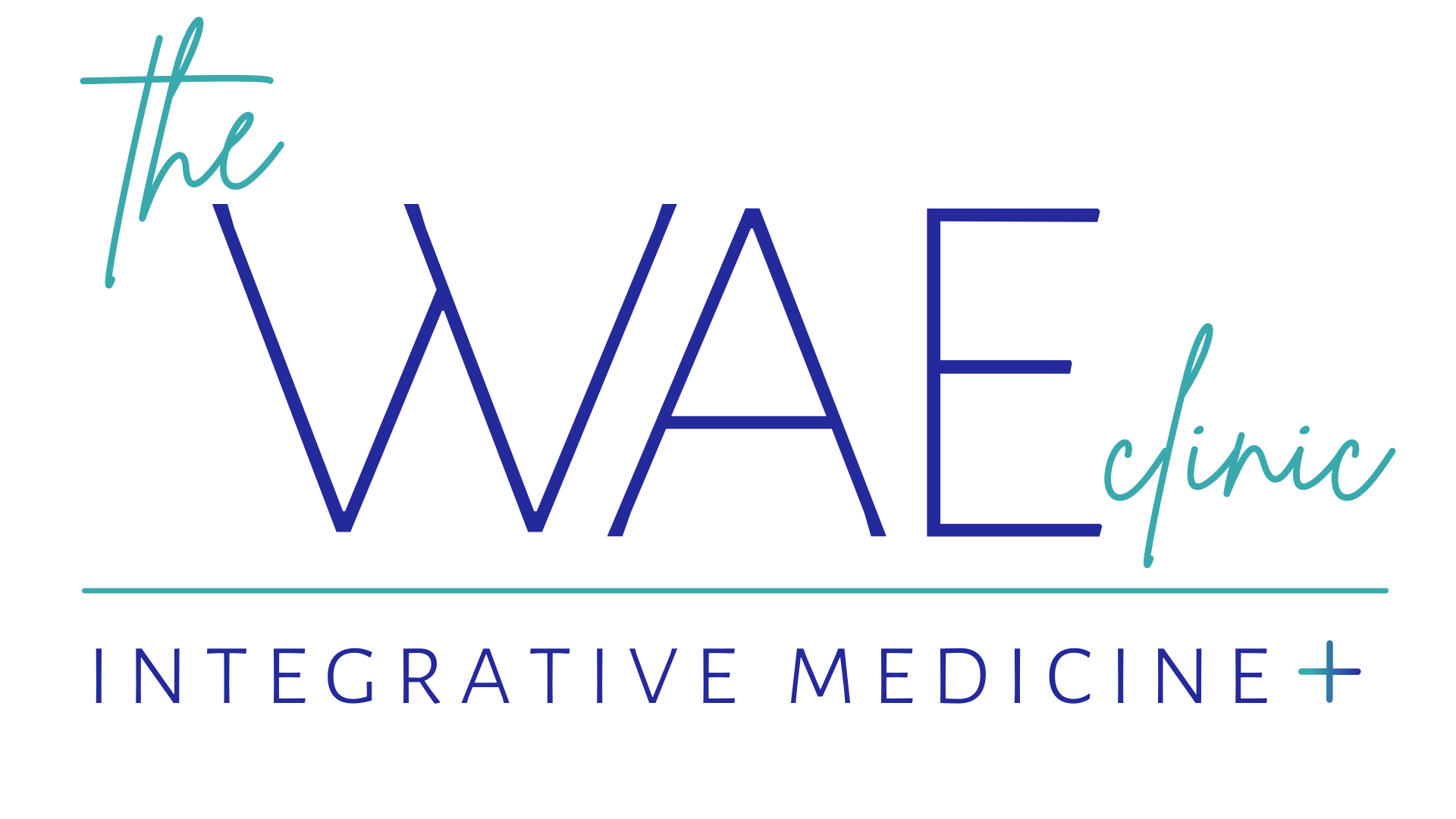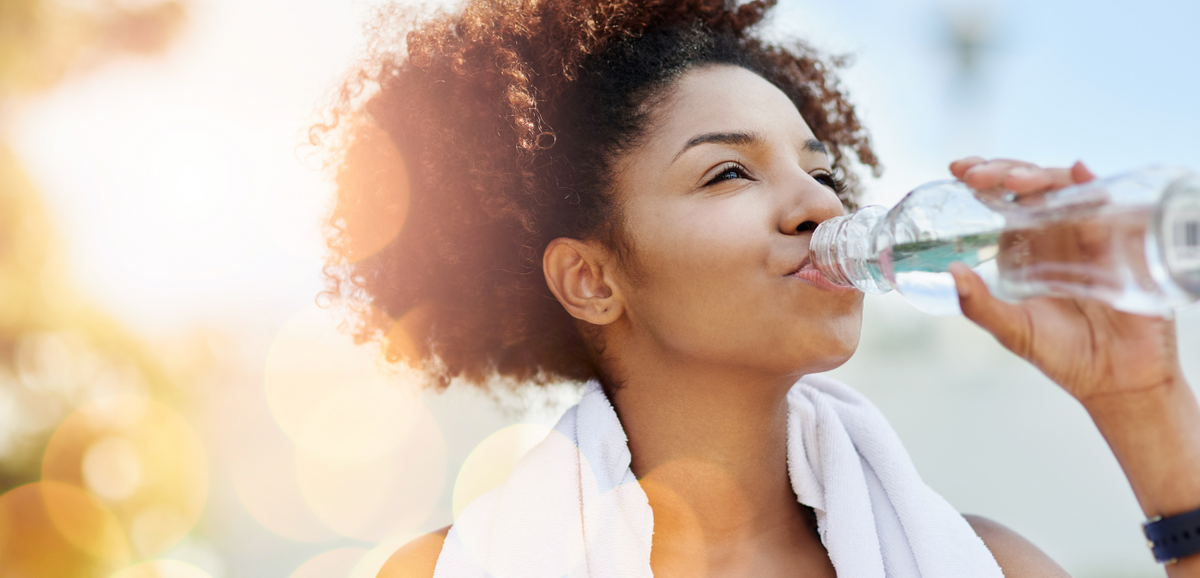Step 1: Understand the Importance of Hydration
Learn About Hydration: Understand how hydration affects bodily functions including digestion, circulation, and temperature regulation.
Identify Signs of Dehydration: Recognize symptoms like fatigue, dry skin, headaches, and dark urine, which can indicate dehydration.
Step 2: Set Daily Hydration Goals
Calculate Needs: Generally, aim for about 8-10 glasses (2 liters) of water per day, but this can vary based on factors like climate, activity level, and health status.
Set Incremental Targets: If you're not used to drinking a lot of water, gradually increase your intake over a few weeks.
Step 3: Develop a Daily Drinking Schedule
Morning Routine: Start your day with a glass of water to kickstart hydration.
Regular Intervals: Plan to drink water at regular intervals, such as every hour or two.
Mealtime Hydration: Include a glass of water with each meal.
Evening Wind-Down: Have a glass of water in the evening, but limit intake right before bed to avoid disrupting sleep.
Step 4: Optimize Water Intake
Room Temperature Water: Some people find it easier to drink room temperature water rather than cold water.
Flavor Infusion: Add slices of lemon, cucumber, or berries to enhance the taste of water, making it more appealing.
Use a Reusable Water Bottle: Carry a water bottle with you throughout the day to make it easier to drink water regularly.
Step 5: Incorporate Hydrating Foods
Eat Water-Rich Foods: Include fruits and vegetables like cucumbers, lettuce, watermelon, and oranges, which have high water content.
Hydrating Meals: Incorporate soups and broths into your diet, which are hydrating and nutritious.
Step 6: Monitor and Adjust
Track Your Intake: Use an app or a journal to monitor how much water you drink.
Listen to Your Body: Pay attention to how your body feels and adjust your water intake as needed.
Check Your Urine: The color of your urine can be a good indicator of hydration – aim for pale yellow.
Step 7: Reduce Dehydrating Beverages
Limit Caffeine and Alcohol: These can be diuretic and may contribute to dehydration. Balance these beverages with additional water intake.
Step 8: Adapt to Activity and Environment
Increase Intake During Exercise: Drink more water to compensate for fluids lost through sweat during physical activity.
Adjust for Weather: In hot or humid weather, or in heated indoor environments during winter, increase water intake.
Step 9: Educate and Remind
Learn Continuously: Stay informed about the latest research and recommendations on hydration.
Set Reminders: Use phone alarms or apps to remind you to drink water if you often forget.
Conclusion
Hydrating effectively is a key component of overall health and wellness. By setting realistic goals, creating a consistent drinking schedule, and being mindful of your body’s needs, you can ensure adequate hydration and reap the numerous health benefits it provides.
*This content has been generated with the assistance of ChatGPT, an AI language model. While every effort has been made to ensure originality and accuracy, the content may inadvertently include or resemble information from other sources. This is not intentional and we encourage users to conduct their own verification if specific details are critical for their purposes. The use of this AI-generated content is for informational purposes only and should not be considered as a substitute for professional advice.

